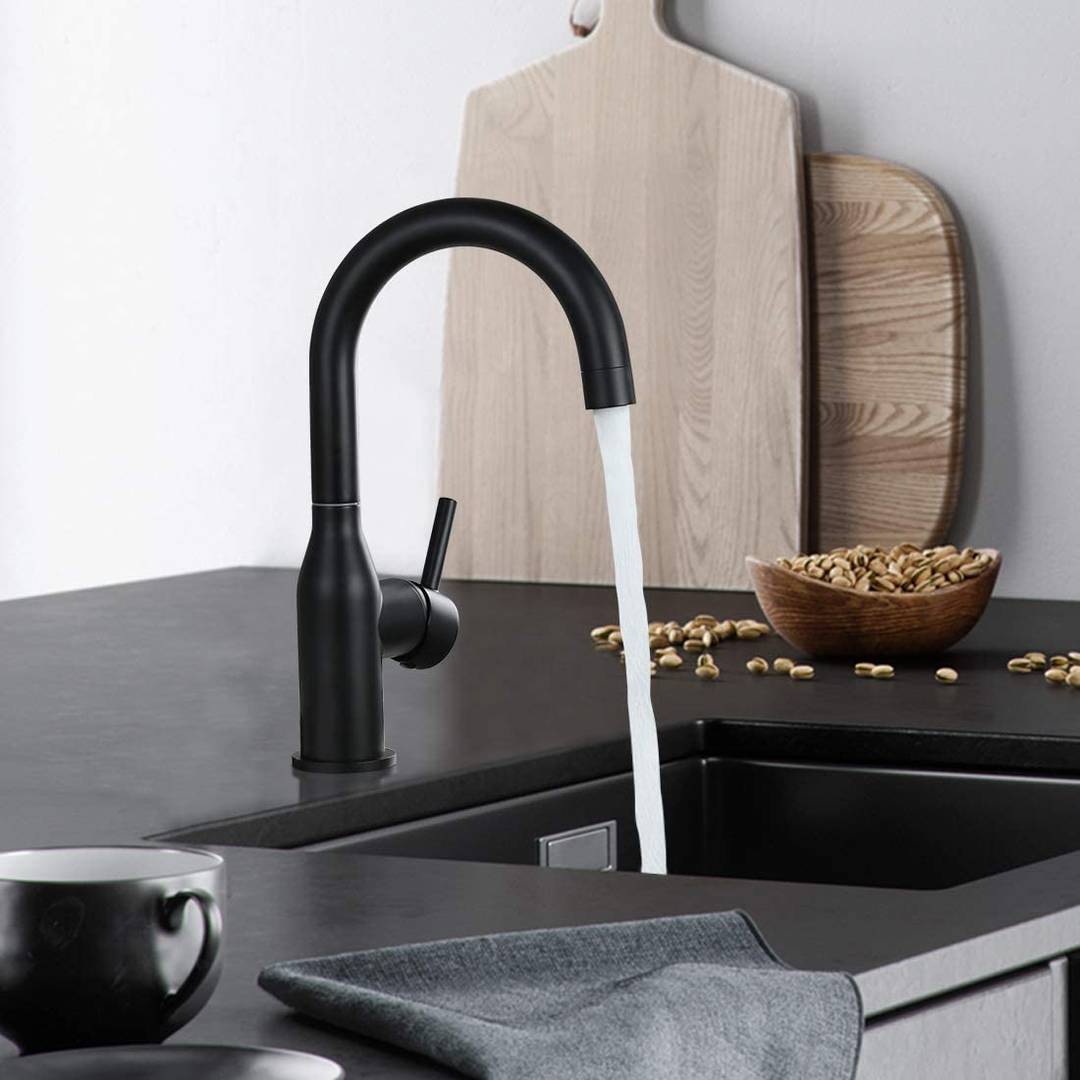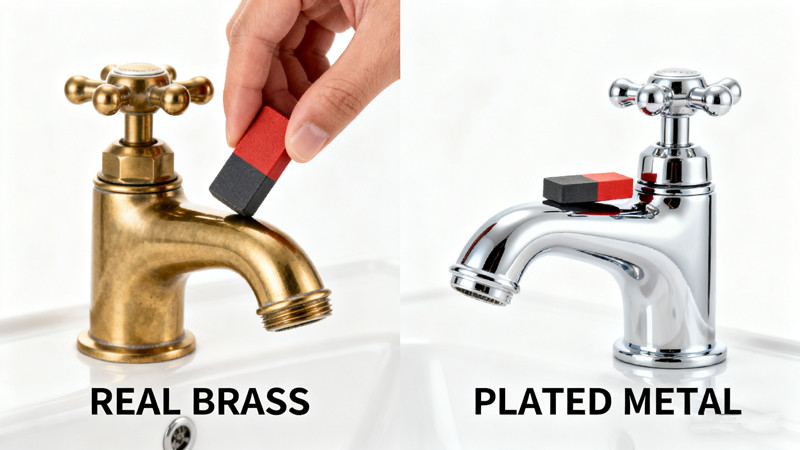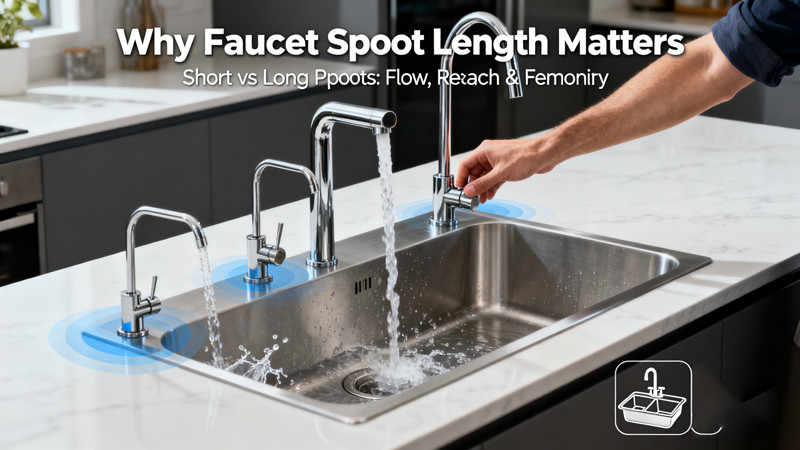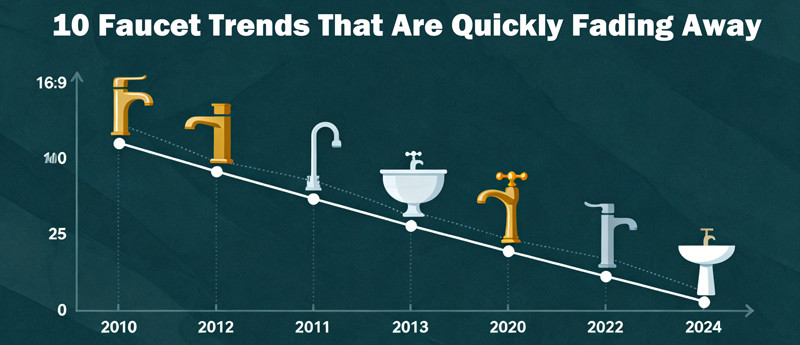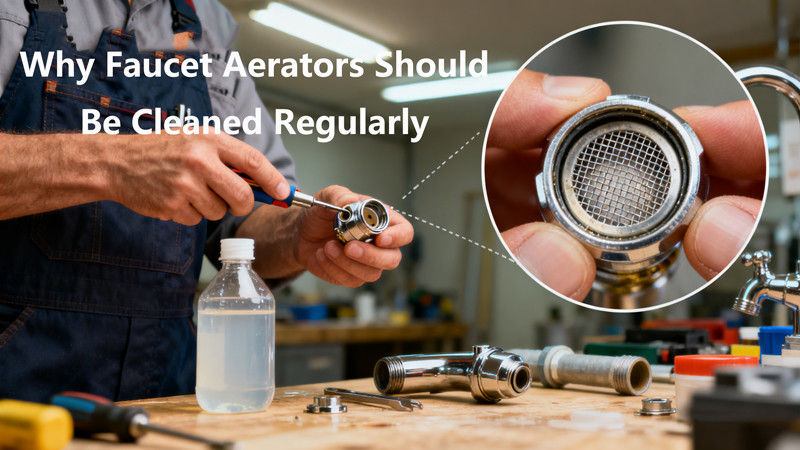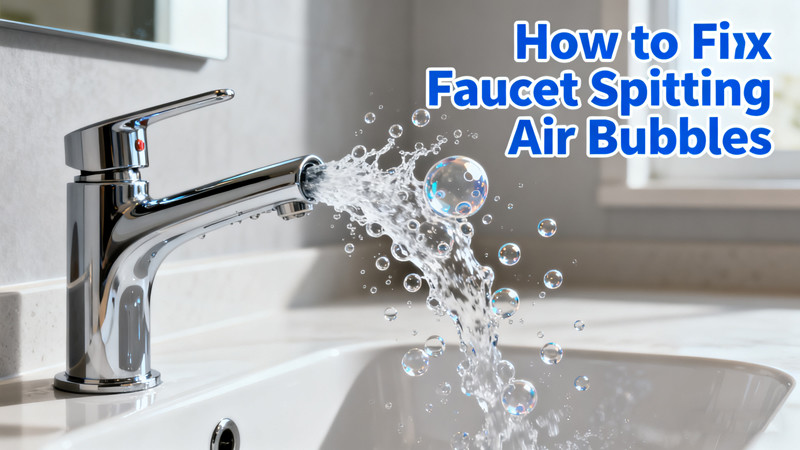When it comes to home plumbing, most people focus on looks, cost, and durability. But there’s another factor that deserves equal attention: water usage. Faucets are one of the most frequently used fixtures in homes, yet they often go unnoticed as contributors to water waste. That’s where eco faucets come in. These specially designed fixtures can significantly reduce your household’s water consumption—without sacrificing performance.
In this post, we’ll explore the key differences between standard faucets and eco faucets, compare their water usage, and break down the long-term benefits of switching to more efficient options.
What Is a Standard Faucet?
A standard faucet typically has a flow rate of 2.2 gallons per minute (GPM) in the United States, which has long been considered the default for bathroom and kitchen taps. These faucets deliver water based on pressure without built-in restrictions or mechanisms for reducing flow, meaning the amount of water you use depends almost entirely on how far you turn the handle and how long the faucet runs.
While standard faucets are still common, they’re slowly being phased out in favor of more efficient models that comply with water conservation regulations.
What Is an Eco Faucet?
An eco faucet—also known as a low-flow or WaterSense-certified faucet—is designed to limit water usage to 1.5 GPM or less without compromising functionality. These faucets incorporate features like:
- Aerators that mix air with water to maintain pressure while reducing volume.
- Flow restrictors to control the maximum output.
- Sensor or touchless technology that only dispenses water when needed.
- Timed shut-off valves that stop water flow after a preset duration.
Many of these models carry the EPA’s WaterSense label, which certifies that the faucet uses at least 20% less water than standard models.
Water Use Comparison: By the Numbers
Let’s break down how much water you could save by switching from a standard to an eco faucet.
Daily Use Example:
Assume the average person uses a faucet for handwashing, brushing teeth, and rinsing items—about 8 minutes of faucet use per day.
- Standard Faucet (2.2 GPM):
8 minutes x 2.2 GPM = 17.6 gallons/day - Eco Faucet (1.5 GPM):
8 minutes x 1.5 GPM = 12 gallons/day
That’s a savings of 5.6 gallons per person per day.
Annual Household Impact:
For a family of four:
- Standard Faucets: 17.6 x 4 x 365 = 25,696 gallons/year
- Eco Faucets: 12 x 4 x 365 = 17,520 gallons/year
Total Annual Savings: 8,176 gallons of water
That’s enough to fill a large backyard pool—or slash your water bill significantly over time.
Performance Comparison: Myth vs. Reality
There’s a common misconception that eco faucets result in weaker water pressure or frustrating performance. In reality, today’s eco faucets are designed with innovative aerator and valve technologies that mimic the pressure of standard faucets, creating a steady, satisfying flow. Most users can’t tell the difference in day-to-day use.
Additionally, features like touchless or timed faucets can offer superior hygiene and convenience, especially in shared or public restrooms. These technologies not only reduce water waste but also reduce the spread of germs.
Financial Savings Over Time
The average cost of a high-quality eco faucet ranges from $50 to $150, with touchless models on the higher end. But the water savings can offset the upfront cost within 1 to 2 years.
Let’s say your water utility charges $0.01 per gallon (this varies by region). Saving 8,176 gallons a year would save you about $82/year. In regions with higher water costs, the savings could be even more substantial.
If you also consider the reduced energy costs from heating less water, the total financial impact becomes even greater.
Environmental Impact
Switching to eco faucets isn’t just about saving money—it’s about protecting our planet’s most precious resource. According to the EPA, if every U.S. household installed WaterSense-certified faucets, it would save over 60 billion gallons of water annually and reduce greenhouse gas emissions associated with water heating and treatment.
In drought-prone areas or places facing water scarcity, even small individual actions—like installing an eco faucet—can contribute to meaningful change at the community level.
Choosing the Right Eco Faucet
When shopping for an eco faucet, look for these key features:
- WaterSense Label for verified water efficiency
- Aerator Technology to maintain pressure
- Durability and Finish for long-term value
- Sensor or Touchless Options for added convenience
- Ease of Installation (many models are DIY-friendly)
Brands like Moen, Delta, Kohler, and Pfister offer a wide range of eco-friendly models that suit various budgets and styles.
Final Thoughts
While standard faucets may seem like the norm, they represent an outdated and wasteful way to use water. Eco faucets offer a smart, sustainable, and cost-effective alternative. With no noticeable difference in performance, and substantial savings over time, making the switch is a win for both your wallet and the environment.
In a world increasingly affected by climate change and water scarcity, even simple changes at home matter. Swapping out your standard faucet for an eco faucet is one small step with big impact.
 WOWOW Faucets
WOWOW Faucets
